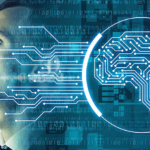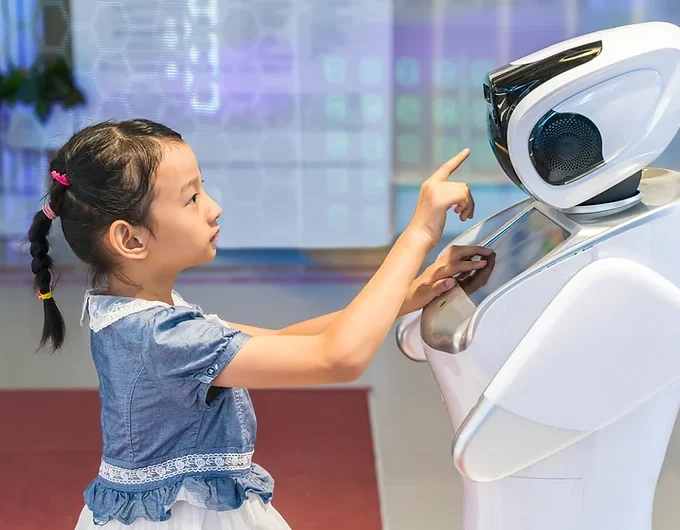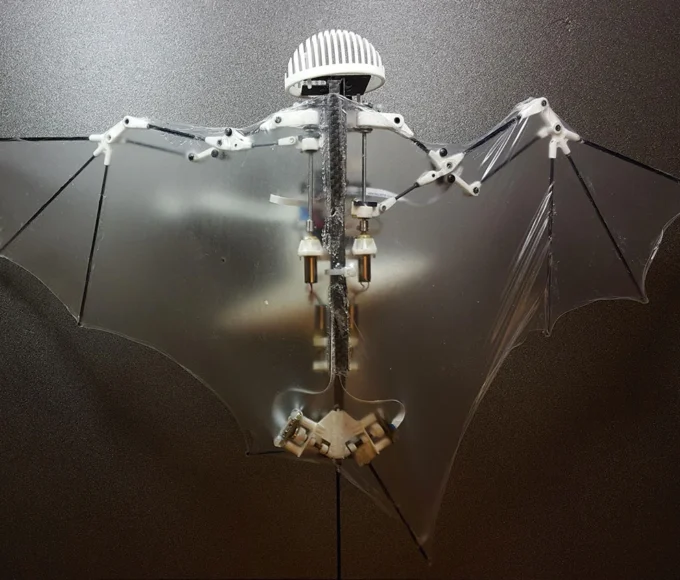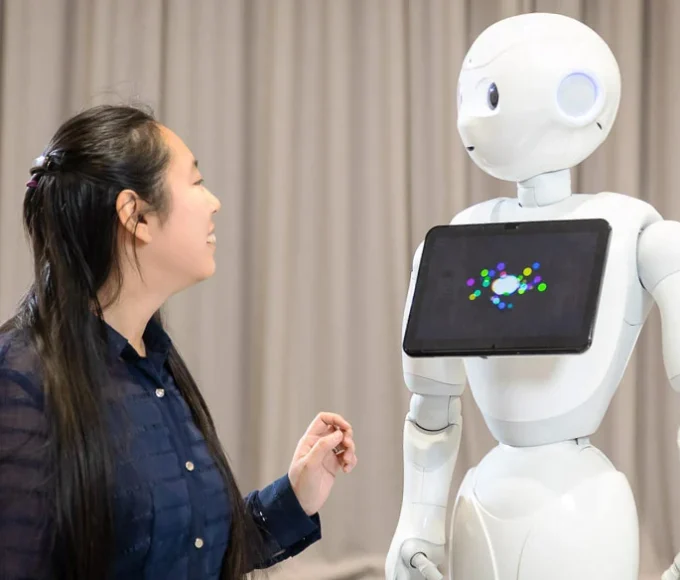According to the World Health Organization, there are approximately 70 million people with disabilities in India, which is approximately 7.5% of the population. Furthermore, India ranks 141st out of 190 countries in the World Bank’s Disability-Adjusted Life Year (DALY) rankings, indicating that people with disabilities in India experience a higher burden of disease than those in most other countries. The implementation of robotics technology in disability support has the potential to address these challenges by providing greater independence, improving access to services, and reducing the need for human assistance. This technology can also create job opportunities for people with disabilities in the field of robotics.
Advancements in robotics technology have opened up new avenues to assist people with disabilities in various ways. From wearable exoskeletons that provide extra support to the legs, to robotic arms that can perform specific tasks such as picking up objects or helping with eating and drinking, the potential uses of robotics in disability support are manifold.
Assistive robots can be used to help people with disabilities in various ways. One example is the use of exoskeletons, which are wearable devices that can help people with mobility impairments to walk. Exoskeletons work by providing extra support to the legs, helping people to stand and walk with less effort. This technology has the potential to improve the quality of life for people with mobility impairments. It will enable them to move around more easily and participate in activities they previously couldn’t.
In India, several companies are working towards developing robotics technologies that can help people with disabilities. IIT Madras has developed a robotic arm that can assist people with disabilities to carry out daily tasks. The arm can be controlled using a smartphone, making it easier for people with disabilities to operate it.
There are several other companies in India working towards developing robotics technologies that can help people with disabilities. Bengaluru-based start-up Arcatron Mobility has developed a range of assistive devices such as a powered wheelchair that can be adjusted to various sitting positions, and a motorized bed that can be adjusted to different heights.
Another company, Thinkerbell Labs, has developed a braille-based smartwatch that can provide notifications to people with visual impairments. The watch can also be used to make phone calls, send messages, and provide directions using GPS.
The use of robotics technology in disability support can provide numerous benefits to people with disabilities in India. It can help to bridge the gap in access to services and opportunities. This will in turn increase independence, and reduce the burden on caregivers. Furthermore, the development of such technologies can create job opportunities for people with disabilities, especially in the field of robotics.
In recent years, the Indian government has also taken steps to support the development of assistive technologies. The Department of Empowerment of Persons with Disabilities has launched a scheme called Accessible India Campaign. It aims to create barrier-free access for people with disabilities in public buildings, transport systems, and information and communication technologies.
Robotic technology has immense potential to revolutionize disability support in India. With the development of innovative solutions by companies, we can expect to see more customized and advanced technologies that cater to the unique needs of people with disabilities.
The use of such technologies can create a more inclusive society that provides greater opportunities for people with disabilities to live fulfilling and independent lives.
















%s Comment